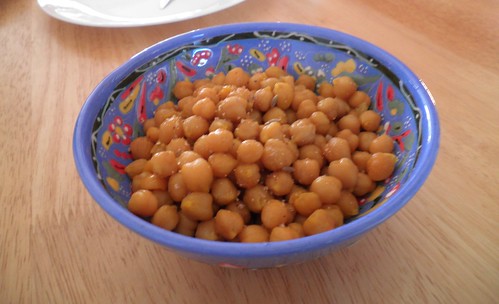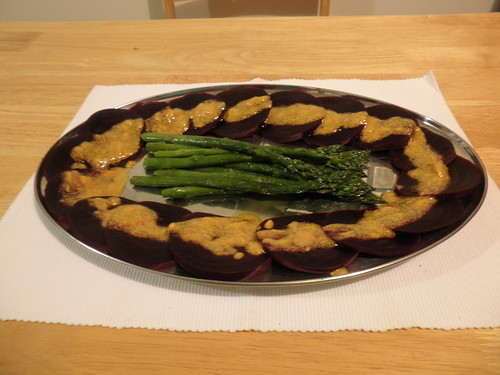And then chickpeas marinated in saffron, plump in their tender youth. Athenaeus, The Deipnosophistae, trans. Mark Grant (1999, 142).
This is one chickpea dish where I thoroughly recommend using dried chickpeas only, as they take up the flavour of the saffron much better.
Ingredients
| 250g dried chickpeas | 1L vegetable stock | Pinch saffron threads |
Method
- Soak the chickpeas for at least 12 hours in cold water, if possible changing the water after 6 hours. Then drain.
- Grind the saffron to a powder, then soak in boiling water.
- Put the saffron and vegetable stock in a pot, then bring to a boil. Add the chickpeas and simmer for at least an hour, or until the chickpeas are tender. If necessary, add more water or stock while they are cooking.
- Drain and serve hot or cold.

Further Reading
Click on the links below to order directly from The Book Depository.
Grant, Mark (1999). Roman Cookery
